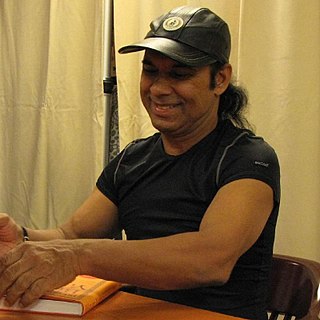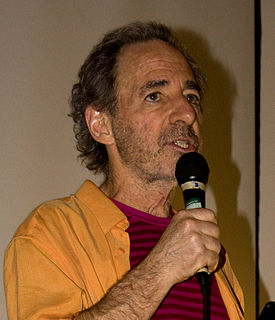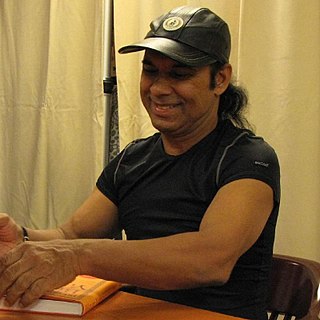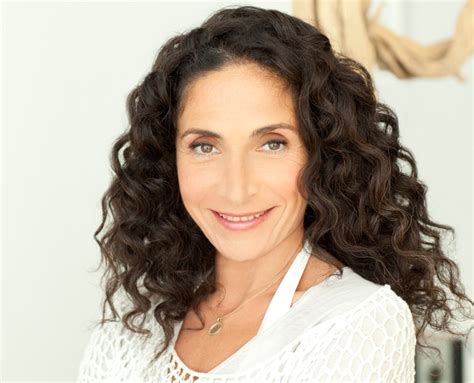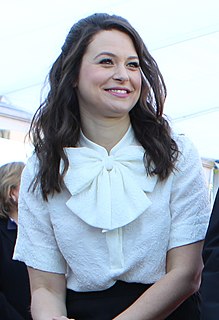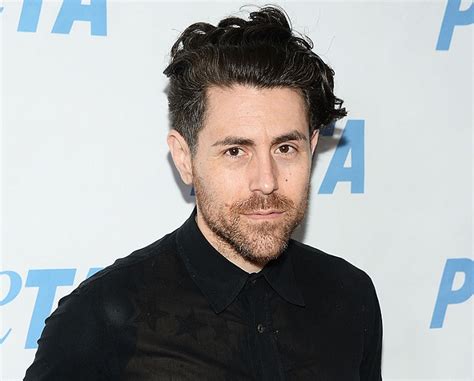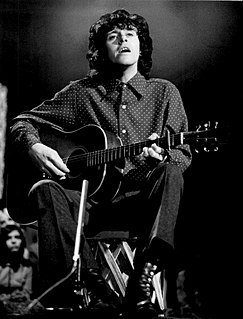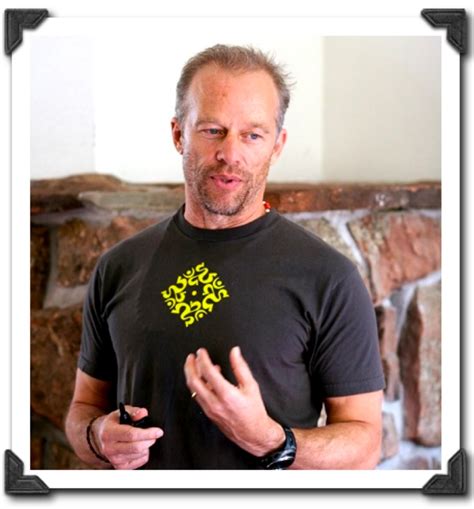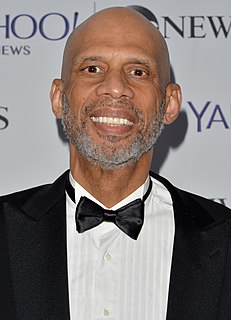A Quote by Rajashree Choudhury
What's the benefit of hatha yoga? Physical. What do you need to do hatha yoga? Physical body. That's it. Breathing and spirit is a part of any sport. So that's why hatha yoga can be a sport.
Related Quotes
Indian forms of yoga have spread throughout the world due to their objectives of promoting health and harmony. Japan is but one of many countries that have received these age-old teachings. While Indian yogic disciplines (Hatha yoga in particular) have become well known, not everyone realizes that certain distinctive Japanese versions of Indian spiritual paths have evolved. Perhaps the first of these unique methodologies is the art of Shin-shin-toitsu-do, which was developed by Nakamura Tempu Sensei (1876-1968). In fact, Nakamura Sensei is often considered to be the father of yoga in Japan.
Basketball is an endurance sport, and you have to learn to control your breath; that's the essence of yoga, too. So, I consciously began using yoga techniques in my practice and playing. I think yoga helped reduce the number and severity of injuries I suffered. As preventative medicine, it's unequaled.
